#TOM ART
Explore tagged Tumblr posts
Text

@firebirds-roost Gold sailfish/marlin is something else
394 notes
·
View notes
Text

design by @smooshednetwork sorry for tagging! you gave me motivation to draw again i started tweaking when i saw your design...
156 notes
·
View notes
Text
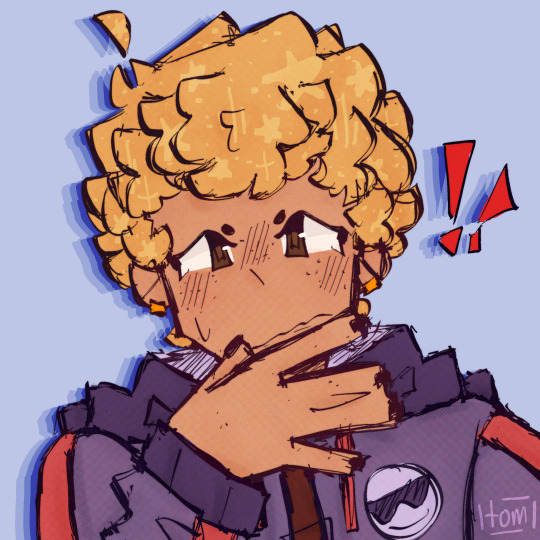
forgot to post this 😪😪😪
54 notes
·
View notes
Text
SEND HELP @brainfreeze27 IS BLACKMAILING ME WITH SANDMAN
3 notes
·
View notes
Text
Hey @brainfreeze27, you were our only friend /lyr

i'll take it to mine
2K notes
·
View notes
Text
this man has never met an alien he couldn’t parent


#sonic movie 3#shadow the hedgehog#tom wachowski#sonic the hedgehog#i am never drawing an adult man again that SUCKED#my art#anyway that quote was made for shadow and nobody can convince me otherwise
14K notes
·
View notes
Text



I just imagine Sonic becomes insanely clinging towards Tom after movie 3, inspired by this.
#sonic the hedgehog#sonic#sonic movie 3 spoilers#sonic movie 3#sonic movie#tom wachowski#maddie wachowski#my art#digital doodles
11K notes
·
View notes
Text

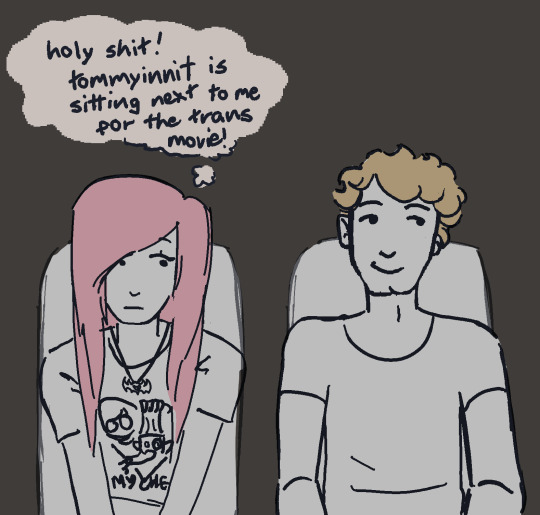
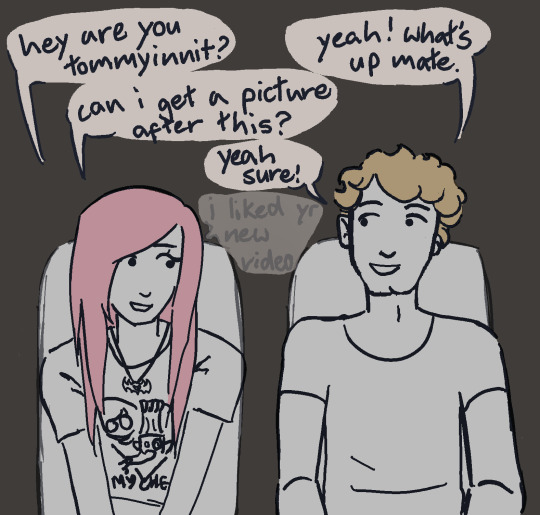
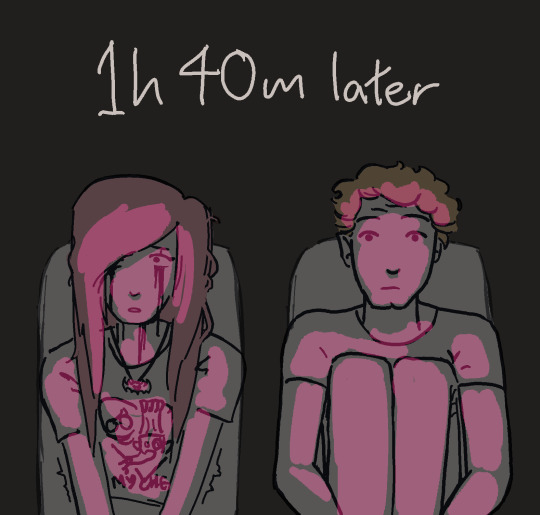
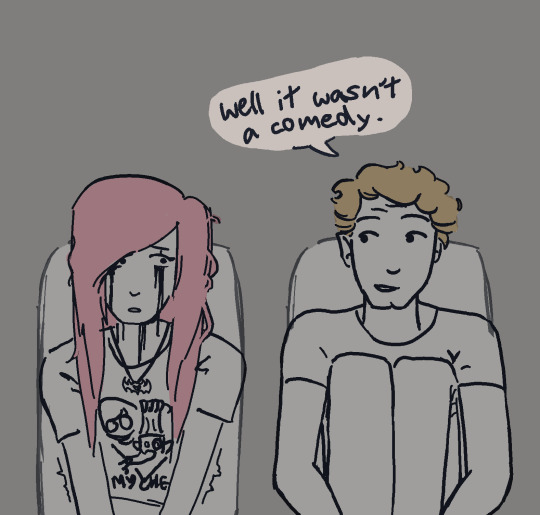
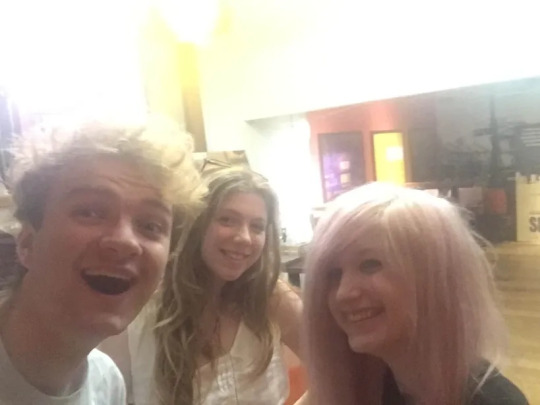
Their account
20K notes
·
View notes
Text



chronic finger biter clark vs nose exhaler bruce
#batman#superman#dc comics#superbat#bruce wayne#clark kent#brucie wayne#randomly came up with the idea that clark would definitely bite his finger while laughing#and then bruce has that rich people laugh#but his true laugh is actually gentle and simple#also i changed my bruce wayne design bc the one i had before was bugging me#this was definitely not an excuse to simply draw superman smiling#blame tom welling and his damn canines in the smallville show#my art
8K notes
·
View notes
Text
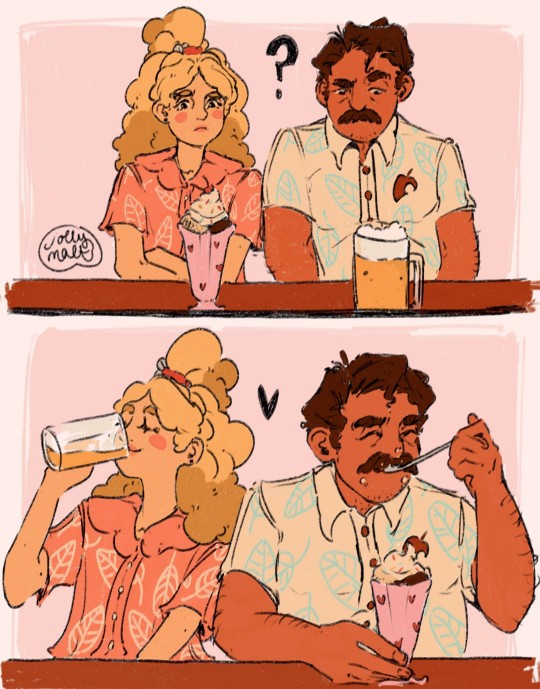
right order, wrong person
#based on that one meme#animal crossing human designs#missed doodling super silly stuff :D#we all know isabelle drinks whiskey at work#artists on tumblr#fanart#animal crossing fanart#animal crossing art#animal crossing community#animal crossing isabelle#animal crossing tom nook#acnh community#acnh#animal crossing new horizons#acnl community#acnl#animal crossing new leaf#animal crossing#ac
13K notes
·
View notes
Text


Tom Pfeiffer (German, b.1970)
Volcanic Smoke Ring - photography
6K notes
·
View notes
Text

Tundra hatchlings leave their eggs with horns and a full coat of fur and are capable of walking and running short distances just hours after birth (though they typically won't choose to for at least a couple of days).
On hatching, the horns are covered with a layer of mostly-hairless skin. The bone here is sturdy enough to serve a similar function as an eggtooth, but is still developing along with the rest of the skull. It will remain soft and somewhat malleable for the few few months to a year of life. The skin covering will die and be replaced with keratin of the same color when the horns are fully developed in late adolescence.
It's easy to affect a horn's development when soft, either accidentally or deliberately. Something as simple as a hatchling spending too much time leaning on one side can train a horn to grow in a "wrong" direction. Some cultures will go to great lengths to correct bent or asymmetrical horns, while others don't consider it a big deal as long as it doesn't affect the hatchling's health. Horns that are severely asymmetrical or curved in a very atypical way (straight forward, for example) can cause neck issues, problems balancing, or even cause stress or injuries to the rest of the skull.
On the other hand, some cultures consider it normal to deliberately sculpt a hatchling's horns. This can be done for purely aesthetic reasons or as a clan/family identifier. The latter is most common in very traditionalist Tundra communities in the Southern Icefield, where it is a very old practice, and is almost never seen in northern flights or mixed-breed communities. Folklore has it that it began as a way to recognize clanmembers in storms strong enough to blow away scent - skeptics say that visibility in a storm like that would be too low to see someone's horns at a distance anyway. The former is highly controversial for being fully elective, so to speak, and Tundras who practice traditional horn modification see it as deeply weird and kind of cruel to saddle your kid with a horn shape that won't be shared with anyone else.
All stances are controversial to someone, and medical opinion is mixed on whether "standard" horn shapes are inherently healthier than just letting them grow, whether deliberate modification is necessarily harmful, when it's justifiable, and how much is too much. Add in the fact that any procedure is irreversible and can only be done when the hatchling is too young to say yes or no - it's a mess.
On the fur front, a hatchling's "baby coat" is waterproof, thin, and extremely soft. Its purpose is to keep the egg liquids away from the skin and protect them from the cold just long enough to crawl under the closest parent. Adult Tundra fur is not waterproof; it keeps them dry by being thick and heavy enough that snow or liquid simply doesn't make it to the skin. A hatchling will start growing their adult coat almost immediately after making it out of the egg, and sheds their baby coat within a couple of days.
Shed baby coats are occasionally collected and woven into fabric in the same way that adult wintercoats are, but it's far less common for several reasons. The first being that the last thing on a new parent's mind is going to be collecting fur from their brand new infant - they have other things to be worrying about! The second being that one baby's worth of fur, or even a whole litter's, isn't enough to really do anything with. At best, you get a little keepsake bandana.
#happy worldbuilding wednesday#check the previous post on my blog for my drawing ref#lore#flight rising#tom art
561 notes
·
View notes
Text
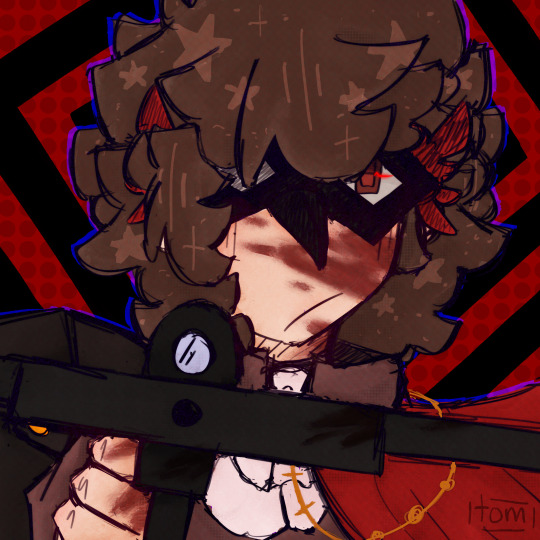

HEY TUMBLR USERS 😝😝😝‼️‼️‼️ ahem uh i come here to bring you unbalanced!shuake art <3
unbalanced is my p5r swap au!! (which i am currently revamping, since the 2020-2021 version was SHIT) you should check it out if your interested :D
#shuake#akeshu#akira kurusu#goro akechi#goro akechi fanart#akira kurusu fanart#persona 5 royal#persona 5 au#au#unbalancedau#tom art
55 notes
·
View notes
Text



Continuation of Glowing eyes
So @fantasma-de-la-cueva asked for Shadow in the glowing eyes scenario and I couldn’t deny it. He most definitely would be the most terrifying since he would barely make himself known.
#sonic wachowski#sonic movie 3#Sonic#sonic fanart#sonic the hedghog fanart#sonic the hedgehog#knuckles the echidna#knuckles wachowski#knuckles#knuckles fanart#tails wachowski#miles tails prower#tails#tails the fox#shadow wachowski#shadow#shadow the hedgehog#maddie wachowski#maddie#tom wachowski#Tom#sonic 3#art#taiiofkaon#my art
4K notes
·
View notes
Text
JOYRIDING MY GIRL

2K notes
·
View notes

